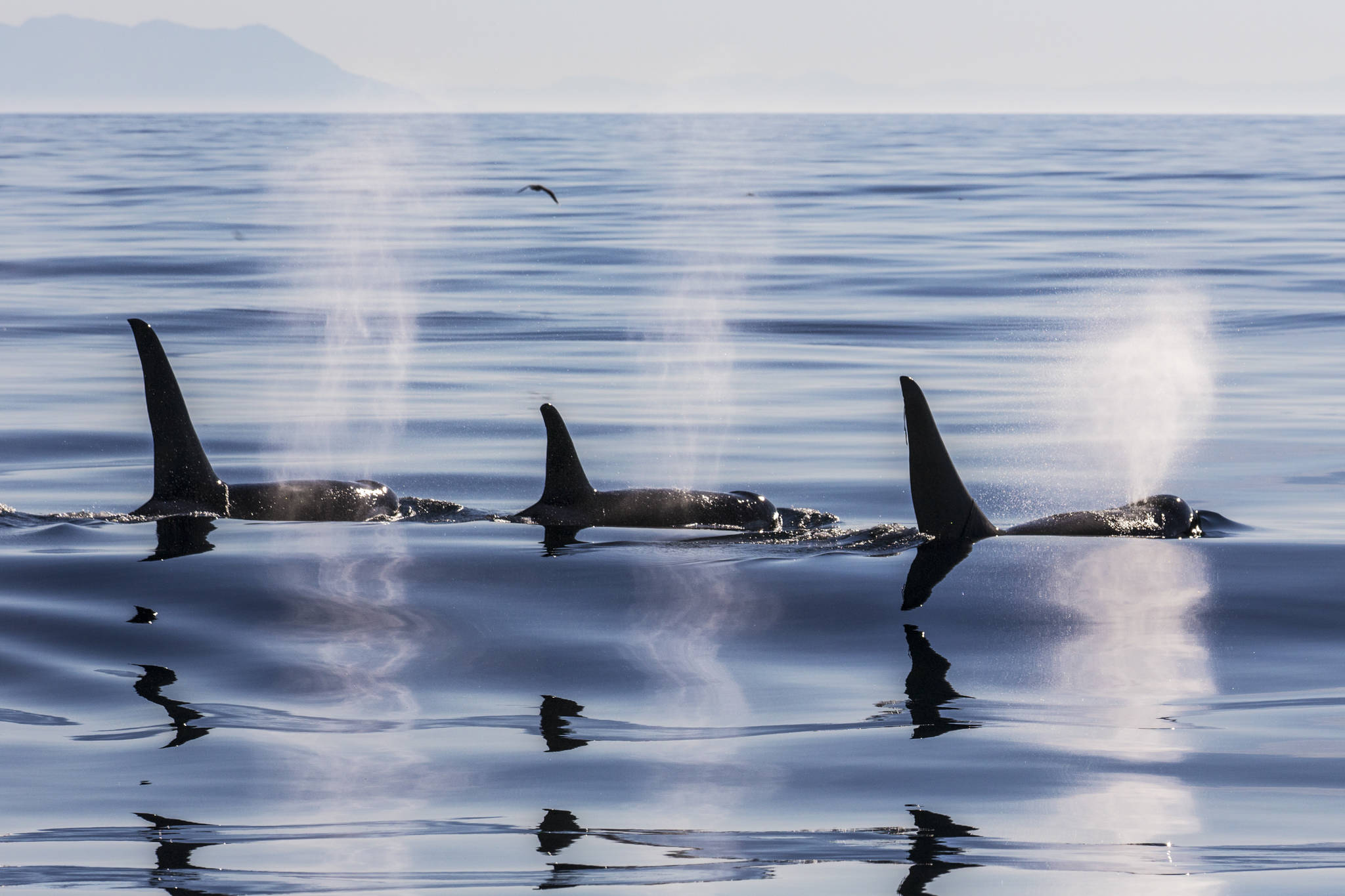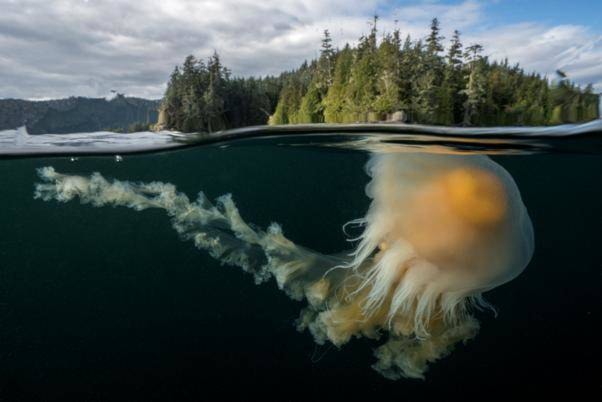Tim Collins
News staff
It is no small feat to have your bit of the world designated as a World Heritage Site.
The process can take between six and 10 years, and in the end, there is no guarantee your application will be approved and adopted by the United Nations Educational, Scientific, and Cultural Organization (UNESCO) to join the 1073 such sites already in existence.
But despite the daunting nominating process and the trials and tribulations of advocating a site for consideration, Laurie Gourlay, interim director of the Salish Sea Trust is confident that the Salish Sea will eventually be named to this prestigious and practically important designation.
“This is a place of importance to all humankind, and it should be sustained forever.
“Yet there has been a lack of attention to the Salish Sea. We’v seen a plan for the North Coast and for the Great Bear Rainforest, but despite the fact that we have this amazing natural area that has been the ancestral home of the Coast Salish culture for more than 8,000 years, we haven’t yet seen a plan for this amazing culture and natural environment,” said Gourlay.
As UNESCO wraps up its World Heritage Site designation 2017, the Salish Sea Trust is reaching out to the two-dozen new and revised sites as well as to corporate and government entities in search of help to guide them through the arduous application and approval process.
“We’re sending a letter of congratulations to all of the new WHS sites hoping to encourage a mentor who’ll teach us a thing or two about how we might put our best foot forward,” said Gourlay.
The Salish Sea Trust is still in the very early stages of the process, having submitted their proposal to Parks Canada and the heritage advisory committee established by the federal government.
That group will select the top 10 sites in Canada and put forward that “Tentative List” to UNESCO where the list will first be evaluated by the International Council on Monuments and Sites and the World Conservation Union.
“We’re applying for inclusion, not just on the natural criteria for selection but, in light of the heritage of thousands of years of human occupation, under the cultural criteria as well,” explained Gourlay.
While designation as a World Heritage Site carries no immediate international enforcement mechanism for the preservation of the area, Gourlay went on to say the true pressure for the preservation of the area would be linked to a sort of international moral imperative.
He cited the example of the mismanagement of Alberta’s Wood Buffalo Park that, in March, prompted UNESCO to issue a warning to the Canadian Government that they would move the park to a list of World Heritage Sites in danger.
The park had become a World Heritage Site in 1983.
The report has prompted government to take action to address UNESCO’s concerns.
“It’s exactly the kind of protection we’re looking for for the Salish Sea and the culture the area has nurtured,” said Gourlay.
editor@peninsulanewsreview.com




